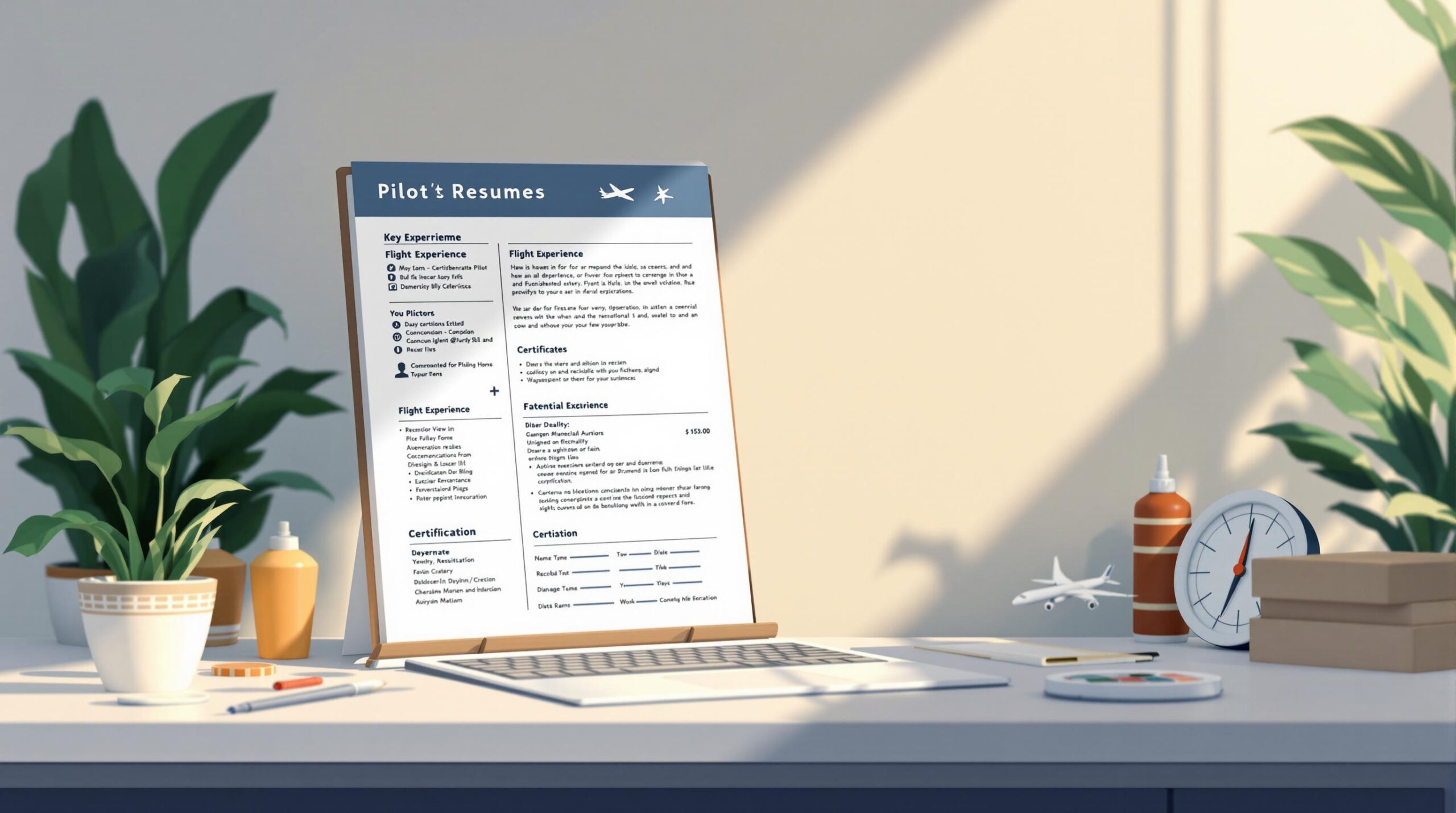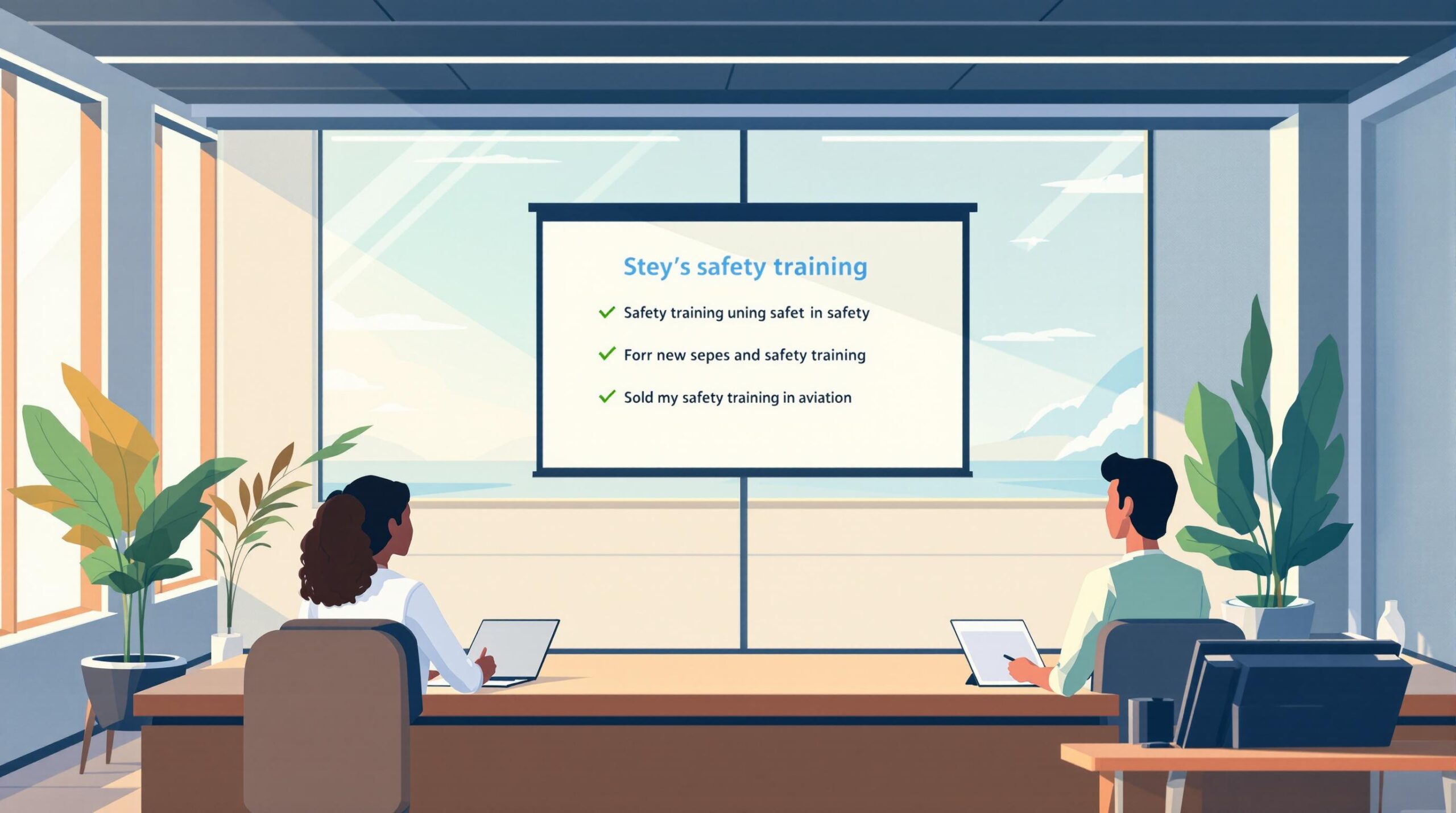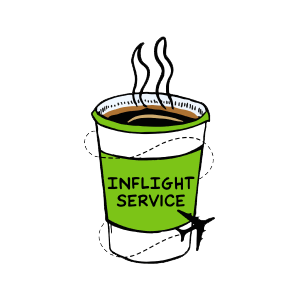Military and civilian logbooks differ in terminology, structure, and how flight hours are logged, which can affect FAA certification and airline job applications. For military pilots transitioning to civilian aviation, understanding these differences is crucial.
Key Highlights:
- Terminology Differences: Military uses terms like "First Pilot", while civilian aviation uses "Pilot in Command (PIC)."
- Flight Hour Logging: FAA rules differ from military practices, such as including taxi time in civilian records.
- Conversion Challenges: Errors in converting military hours to civilian standards can delay certifications or job prospects.
- Solutions: Use manual methods like spreadsheets or digital tools like Pilot Pathfinder for accurate and FAA-compliant conversions.
Quick Comparison:
| Aspect | Military Logbooks | Civilian Logbooks |
|---|---|---|
| Terminology | First Pilot, Second Pilot | PIC (Pilot in Command), SIC |
| Flight Hour Calculation | Excludes taxi time | Includes taxi time |
| Record-keeping Tools | Manual records | Digital tools available |
Accurate logbook conversion is vital for meeting FAA standards and impressing potential employers. The article explains these differences and offers practical tips and tools to streamline the transition.
Differences Between Military and Civilian Logbooks
Logbook Format and Structure
Military logbooks often use terms like First Pilot and Second Pilot, which differ from the FAA-standard terminology used in civilian logbooks. The table below outlines key differences in terminology, helping simplify the transition process:
| Military Term | Civilian Equivalent | Purpose |
|---|---|---|
| First Pilot | PIC (Pilot in Command) | Responsible for primary aircraft control |
| Second Pilot | SIC (Second in Command) | Assists the primary pilot |
| Total Time | Block Time | Total duration of flight operations |
Categorization of Flight Hours
Military pilots sometimes log First Pilot time in ways that don’t align with the FAA’s definition of PIC. This can make it tricky to categorize hours accurately [1]. Tools like Pilot Pathfinder can simplify this by automating the conversion process.
Flight hours must meet FAA definitions for specific categories, including:
- PIC Time: When the pilot has full responsibility for the aircraft’s operation and safety.
- SIC Time: When acting as a required crew member but not as PIC.
- Instrument Time: Time spent flying solely by reference to instruments.
Compliance with Regulations
Converting military logbooks to civilian standards requires strict adherence to FAA regulations [2]. Key steps include:
- Properly categorizing hours based on FAA definitions.
- Documenting specific flight conditions, such as night operations or instrument-only flights.
- Cross-referencing converted entries with original records to ensure accuracy.
Attention to detail is critical – errors in conversion can delay certifications or complicate airline applications [3]. Pilot Pathfinder offers tools for secure storage and automated conversion, helping pilots meet FAA standards while ensuring a smooth transition from military to civilian aviation.
Understanding these differences and using the right tools is essential for a hassle-free logbook conversion process.
How to Prepare Your Logbook
Converting Military Logbooks to Civilian Formats
Pilots transitioning to civilian aviation can choose between manual methods for a hands-on approach or digital tools for quicker results, depending on their preferences and available resources.
Manual Conversion Methods
Manually converting military logbooks requires a detailed understanding of FAA regulations and careful organization. Using spreadsheets is a practical way to categorize and track flight hours:
| Step | Action |
|---|---|
| Initial Processing | Collect all military records (e.g., JUMPS, ARMS) and sort flight hours to meet FAA standards, ensuring proper definitions for PIC (Pilot in Command) and SIC (Second in Command). |
| Documentation | Set up columns for civilian flight categories like PIC, SIC, and instrument time. |
When using spreadsheets, don’t forget to include ground operations like taxi time. Typically, adding 0.2–0.3 hours per sortie will keep your logbook compliant with FAR 61.51 requirements [2].
If you’re looking for a faster and more streamlined approach, digital tools can make the process much easier.
Digital Conversion Tools
Digital tools have simplified the logbook conversion process, offering precise and time-saving solutions. Platforms like Pilot Pathfinder provide features such as automated FAA-compliant conversions, secure logbook storage, and integration with airline application systems. These tools not only save time but also help ensure your records are accurate.
When choosing a digital tool, look for features like strong data security, automation options, and compatibility with airline systems. For example, Pilot Pathfinder combines automated conversion with application integration, making it a helpful resource for pilots transitioning to civilian roles.
Whether you prefer manual methods or digital solutions, converting your logbook properly is a vital step in making a smooth shift to civilian aviation [2].
sbb-itb-de05b1b
Tips for Pilots Transitioning to Civilian Aviation
Organizing and Checking Logbook Data
Keeping your logbook accurate is a key step when moving from military to civilian aviation. It plays a big role in meeting FAA standards and creating strong airline applications [1].
Here’s what to focus on when organizing your logbook:
| Area | Action Required | Purpose |
|---|---|---|
| Flight Hour Categories | Convert military categories to civilian ones | Align with FAR 61.51 requirements |
| Documentation | Retain original military records (e.g., JUMPS, ARMS) | Provide proof during audits |
| Verification | Double-check entries | Ensure accuracy and reliability |
Pay special attention to categorizing PIC (Pilot-in-Command) and SIC (Second-in-Command) time. Civilian definitions differ from military ones, so make sure your records are aligned [1]. While manually organizing your logbook is important, using software can make the process smoother and less time-consuming.
Using Software for Applications
Digital tools can make the transition easier and help you avoid common mistakes. For example, Pilot Pathfinder simplifies the process by automating applications and organizing your converted logbook data. It even integrates this information directly into airline applications, keeping everything consistent and error-free.
When preparing for interviews, consider software that offers practice tools and resources. These can help you showcase how your military experience translates to civilian aviation roles [3].
Conclusion
Switching from military to civilian logbooks is a key step for pilots moving into commercial aviation. These logbooks differ in more than just layout, and ensuring they meet FAA standards is crucial. Airlines closely examine pilot records, so accurate and compliant logbooks are a must for advancing in the field.
Digital tools have made this process much easier. For example, Pilot Pathfinder simplifies logbook conversions by automating the process. This not only saves time but also ensures the records are accurate. Plus, its integration with airline application systems helps avoid errors and keeps everything consistent.
To make the transition smoother, focus on three essentials: keep your original records intact, stick to FAA guidelines, and take advantage of digital tools designed to streamline the process. These steps ensure your flight records stay accurate and meet industry expectations.
FAQs
Can you log flight hours in the military?
Yes, military pilots log flight hours, but the process differs from civilian aviation. For example, military logbooks often exclude engine-running time that civilian pilots typically record, leading to differences in total logged hours [2].
Because of these discrepancies, airlines use standardized formulas to account for unlogged time when evaluating military pilots. To avoid complications, military pilots should take steps to align their records with civilian standards:
- Record engine-running time: This helps bridge the gap between military and civilian logging practices.
- Use time conversion tools: Software like Pilot Pathfinder can assist in converting and integrating flight hours accurately.
Additionally, military pilots must carefully log Pilot in Command (PIC) time, as FAA rules differentiate between acting as and logging PIC time [2]. Accurate documentation ensures compliance with FAA regulations and strengthens airline applications.




